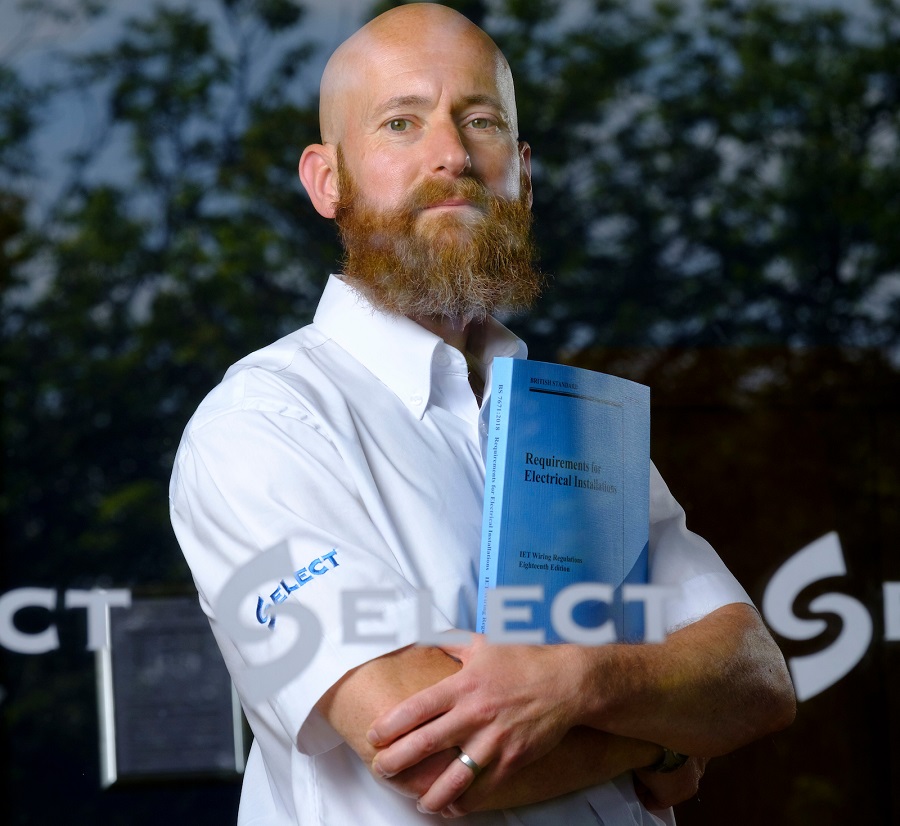Dave Forrester: Lightning doesn’t strike twice – but once is often enough
Dave Forrester of SELECT discusses recent thunder and lightning storms that have been affecting Edinburgh and the Lothians and gives tips on how to protect your gadgets at home and at work that could be affected by surges.

Dave Forrester
Lightning is frightening. The crashing firestorm in the skies used to be thought of as the anger of the gods and recent dramatic thunderstorms across Edinburgh and the Lothians showed that they have lost none of their power to shock and awe.
But in our electronics-dependent age, what should perhaps be worrying people more than the one-in-a-million chance of being hit by lightning personally is the damage that the celestial pyrotechnics could do to our homes and businesses.
As well as the impressive light and sound show that often has us heading for the windows to watch and our pets ducking for cover under the sofa, electrical storms produce extremely large bursts of electrical energy.
These bursts can induce significant current into the wiring of electrical installations, and if they are not protected by a surge protection device (SPD), they can be damaged and fail, with an upwardly escalating scale of consequences.
Electricity and electronics underpin all our day-to-day activities, and products which are vulnerable to voltage surges include large-screen televisions, home theatre equipment, alarms, microwaves and washing machines.
For businesses, equipment such as LCD screens, computer networks, printers, data servers and major electrically-operated industrial equipment provide essential services which are crucial to business productivity and cannot afford even temporary disruption.
The kind of high voltage surge – often lasting a fraction of a second – which can be fatal to sensitive equipment is known as a transient overvoltage and, if recent weather events across the country are anything to go by, they could be becoming more and more common.
Luckily, a solution is at hand. The ever-innovative electrotechnical industry has created a range of relatively simple devices which divert harmful current away from vulnerable equipment, preventing damage and, potentially, the risk of fire.
For smaller, less dramatic, disruptions to the electrical supply, residual current devices (RCDs) provide life-saving protection against a possible fatal shock if something live, such as a bare wire, is touched.
RCDs offer a level of personal protection that ordinary fuses and circuit breakers cannot provide and guard against everyday incidents such as cutting through the electrical cable while mowing the lawn.
If it detects electricity flowing down an unintended path, such as through a person who has touched a live part, the RCD will switch the circuit off very quickly, reducing the risk of death or serious injury.
As with all electrical installations, the calculation for assessing risk is complex and should be carried out by a qualified electrical professional, ideally a SELECT member company with all the reassurance that provides.
The nature of how electrical equipment is used in homes and the workplace has changed out of all recognition and, like all valuable assets, it merits the highest standards of safeguarding and protection.
Remember, lightning doesn’t often strike twice – but once is enough.
- Dave Forrester is head of technical services at SELECT























